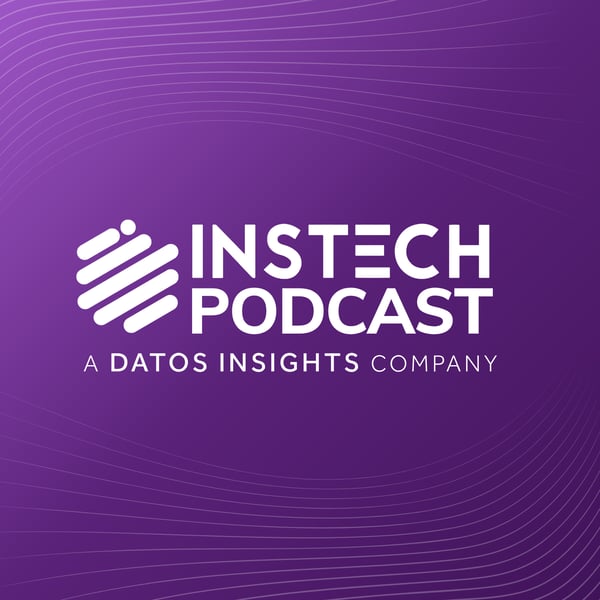Sarah Russell, General Manager: Bellwether: The first prediction engine for the Earth and everything on it (349)
InsTech - insurance & innovation with Matthew Grant & Robin Merttens
InsTech
4.8 • 50 Ratings
🗓️ 6 April 2025
⏱️ 42 minutes
🧾️ Download transcript
Summary
Transcript
Click on a timestamp to play from that location
| 0:00.0 | Hello, welcome, all welcome back to the InSTech podcast. |
| 0:11.4 | Zoya podcast producer here. |
| 0:13.6 | This week on the podcast, we have Sarah Russell from Bellwether, part of Google X. |
| 0:18.8 | Sarah spoke earlier at our Exponential exponential risk conference and we actually met her last |
| 0:23.5 | year at our New York event. In SEC is returning to New York this year and we brought back Sarah to speak |
| 0:30.8 | more on wildfires on the podcast. So Matthew, what key insights do you want our listener to take away from this week's episode? |
| 0:38.8 | There's so much in this one, Zoya. |
| 0:40.7 | I mean, I think one thing people often wonder about is Google. |
| 0:44.0 | You mentioned Google X, the bellwether is part of Google still, has got access to so much information. |
| 0:49.8 | What are they doing with it? |
| 0:50.9 | How are they using it? |
| 0:52.0 | And then the other one is when people think about using analytics |
| 0:55.1 | to look at underwriting or make underwriting decisions, |
| 0:59.2 | the temptation is to find the areas that people shouldn't underwrite. |
| 1:03.3 | But of course, they can also be used to find areas that people might be overestimating the risk from. |
| 1:09.8 | And therefore, ultimately everybody wins because people that are |
| 1:13.5 | looking to get insurance protection can find organizations and analytics that actually identify |
| 1:19.1 | where they've taken mitigation measures. We talk a bit about what those are for wildfire and can be |
| 1:24.8 | offered insurance that reflects what they've done. So I think it's a really intriguing |
| 1:28.0 | angle for that. And then let me talk a little bit about, you know, what else is going to be |
| 1:31.6 | happening. Sarah gives her predictions for the year ahead, which I am going to hold her accountable |
| 1:37.4 | for. So I'm happy in his time to see if she was right. Yeah, no, those were quite poignant. |
... |
Please login to see the full transcript.
Disclaimer: The podcast and artwork embedded on this page are from InsTech, and are the property of its owner and not affiliated with or endorsed by Tapesearch.
Generated transcripts are the property of InsTech and are distributed freely under the Fair Use doctrine. Transcripts generated by Tapesearch are not guaranteed to be accurate.
Copyright © Tapesearch 2025.

